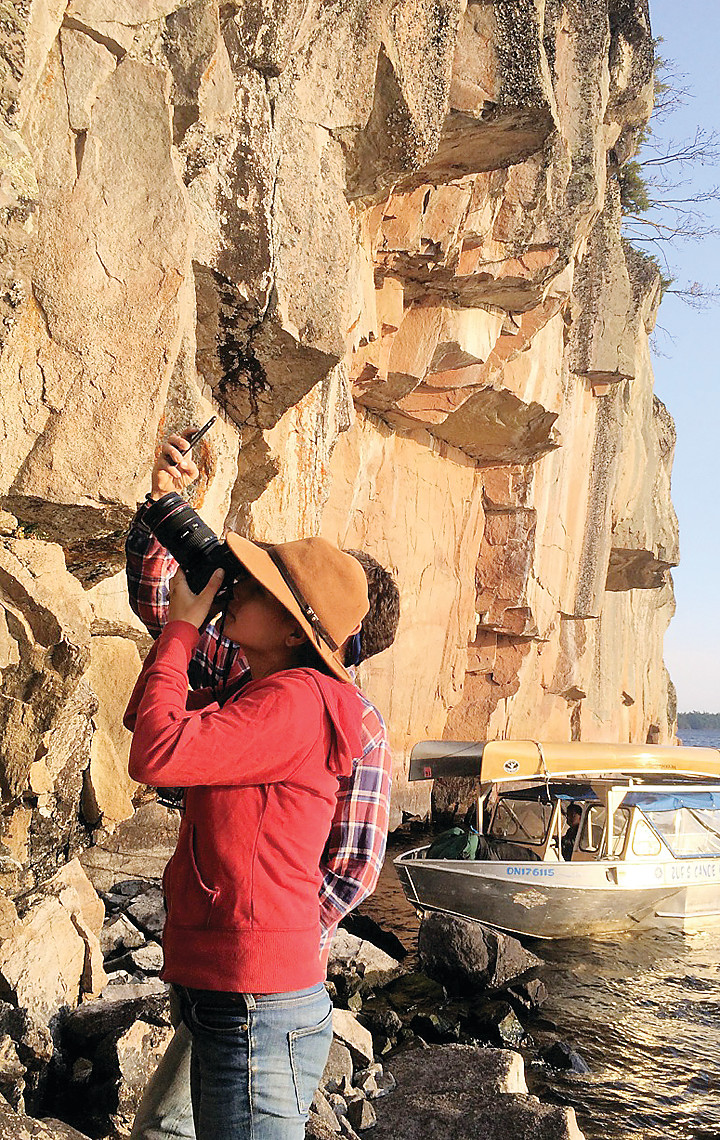Support the Timberjay by making a donation.
NYT travel section highlights Ely area
ELY— For most towns of 3,500, a glowing centerpiece in the New York Times travel section is the kind of publicity that’s almost unimaginable. But here at the end of the road, it’s just another …
This item is available in full to subscribers.
Attention subscribers
To continue reading, you will need to either log in to your subscriber account, or purchase a new subscription.
If you are a current print subscriber, you can set up a free website account and connect your subscription to it by clicking here.
If you are a digital subscriber with an active, online-only subscription then you already have an account here. Just reset your password if you've not yet logged in to your account on this new site.
Otherwise, click here to view your options for subscribing.
Please log in to continue |
NYT travel section highlights Ely area
ELY— For most towns of 3,500, a glowing centerpiece in the New York Times travel section is the kind of publicity that’s almost unimaginable. But here at the end of the road, it’s just another in the seemingly never-ending string of accolades directed at the 1.1-million acre wilderness on its doorstep, and the town that’s made its name as one of the outdoor recreation capitals of the world.
The latest ode to the Ely area is scheduled to hit the Times online edition on Thursday, and to appear in the print edition on Sunday. As currently edited, it’s a 4,500-word travelogue, written by Porter Fox and photographed by his wife Sarah, based on their four-day Boundary Waters journey just over a year ago.
Led by Paul and Susan Schurke, the foursome traveled the border, from Crane Lake to Crooked Lake, and back to Ely through Fourtown and Mudro, during a perfect stretch of weather in late September. Perhaps not surprisingly, the experience captivated the couple, said Schurke, who has seen a recent draft but can’t speak in specifics about the story until it hits publication. “It’s long, even for the New York Times,” said Schurke, “and it’s very complementary of the area.”
Fox is a prolific travel writer who is teaming up with his wife on a book about America’s northern border region. It’s called “Northland,” and it reflects their experiences exploring the border region between the U.S. and Canada. Their journey on a Great Lakes iron ore freighter, from Montreal to Duluth, became the subject of a New York Times travel story this past August. The visit to the Boundary Waters was another important piece of that overall story. “Their focus was on US-Canada border history and we saw heaps of it on this trip,” said Schurke, “everything from an intricate soapstone fox that had eroded out of the canoe country’s only known burial mound to Lac La Croix’s ancient pictographs and mythical Warrior Hill.” They also enjoyed camping on the spot where Lynda Bird Johnson, the daughter of the late president, had spent a week as her father’s emissary in the tumultuous wake of the 1964 Wilderness Act. “They commented endlessly on our border country beauty, our quiet pristine lakes and downtown Ely’s quaint ‘end of the road’ mystique. Their New York Times feature is great national exposure for our area,” said Schurke.
Fox, who grew up in northern Maine, told the Star Tribune earlier this month that his journey across the nation’s northern border has been a remarkable one, with many common features from east to west. “There’s something about living with your back to the border in the far reaches of the northern part of the country that attracts a similar type of person. There are very strong ethnic groups where people all lived together and retained their cultural ties,” he told the Star Tribune’s Sharyn Jackson. He described Lake Superior as an ocean and expressed nothing short of awe in his description of the Boundary Waters. “Incredible. It was infinite,” he said. “I thought I grew up in the backcountry in northern Maine, and I realized the real backcountry is out in Minnesota,” he said.
His book is scheduled for release in 2018.






